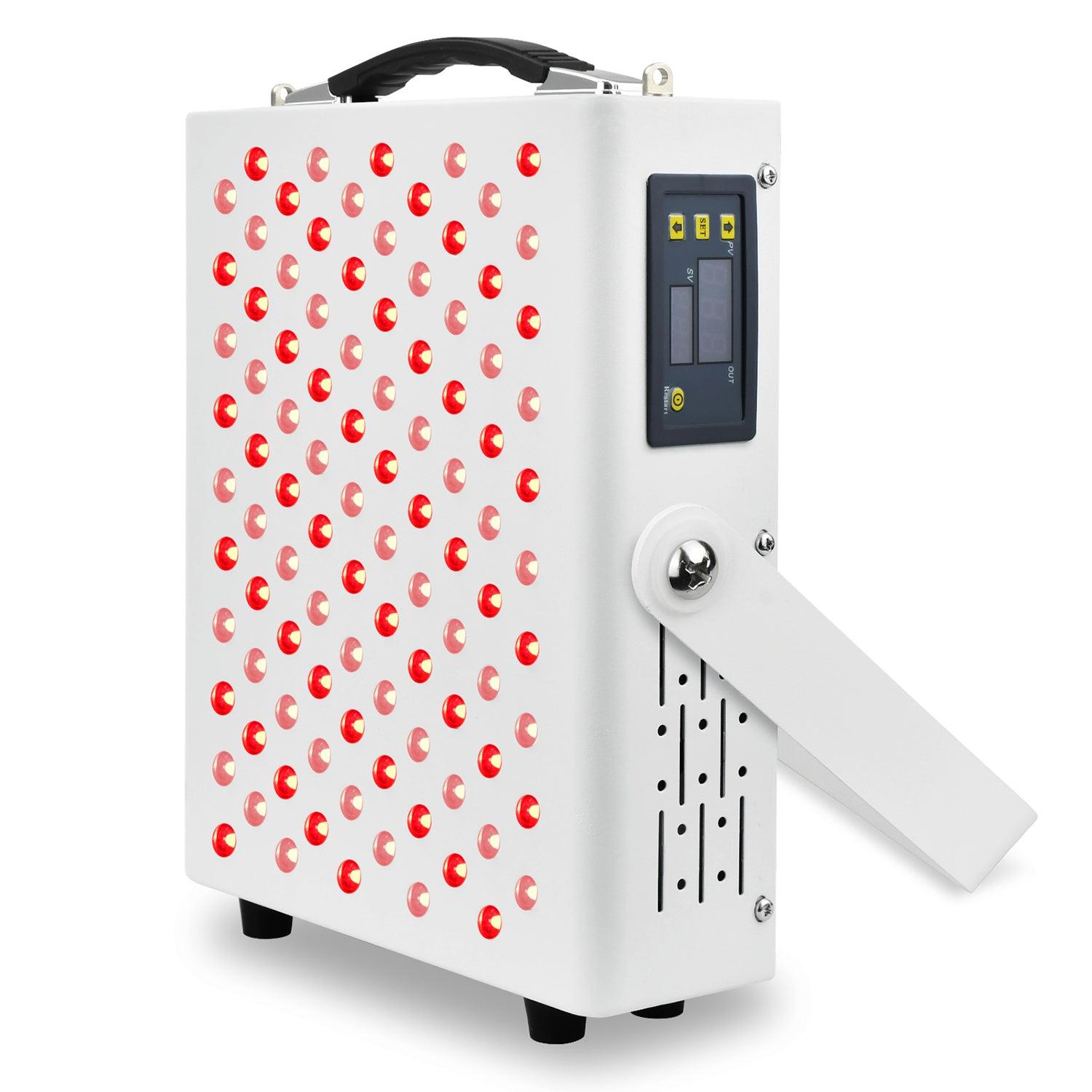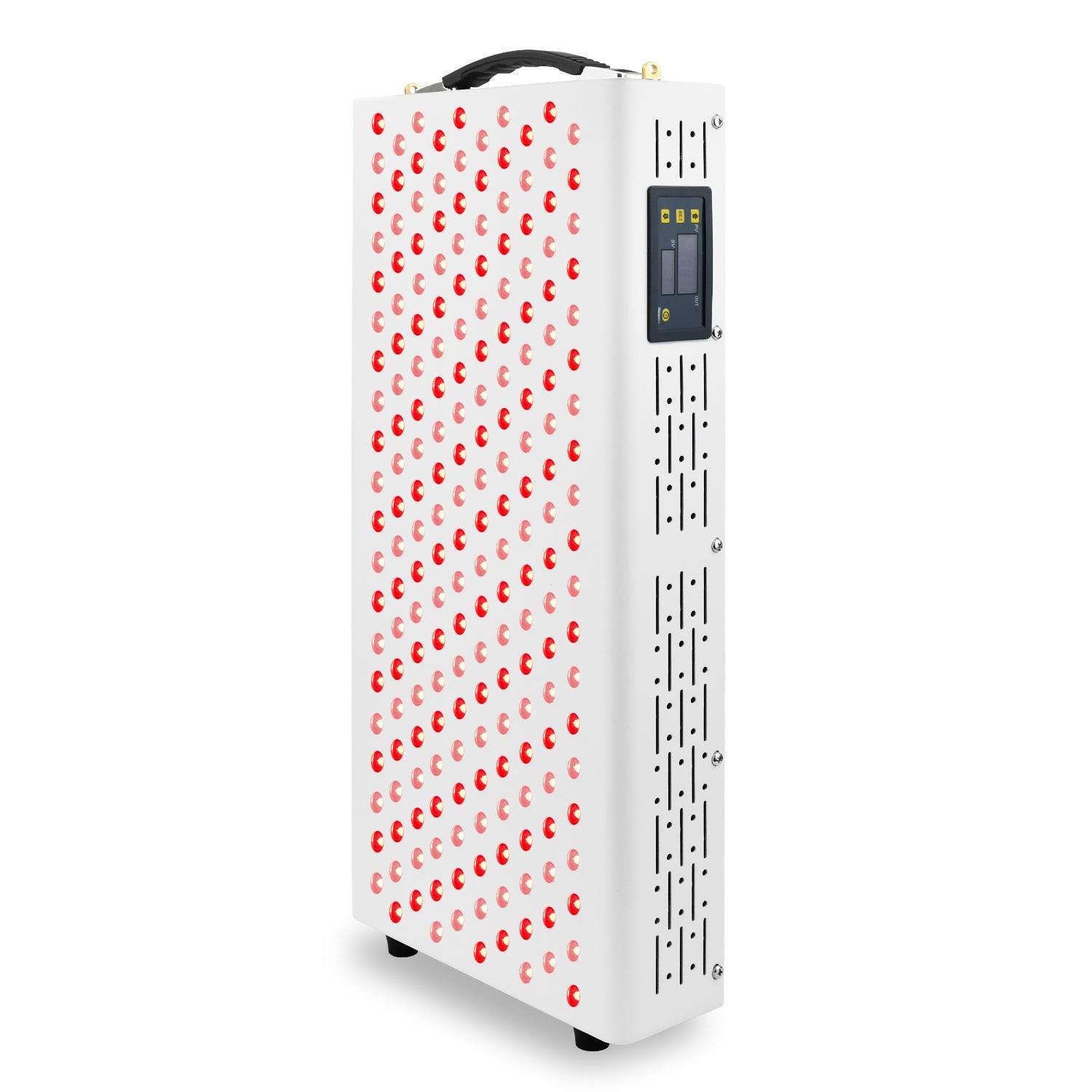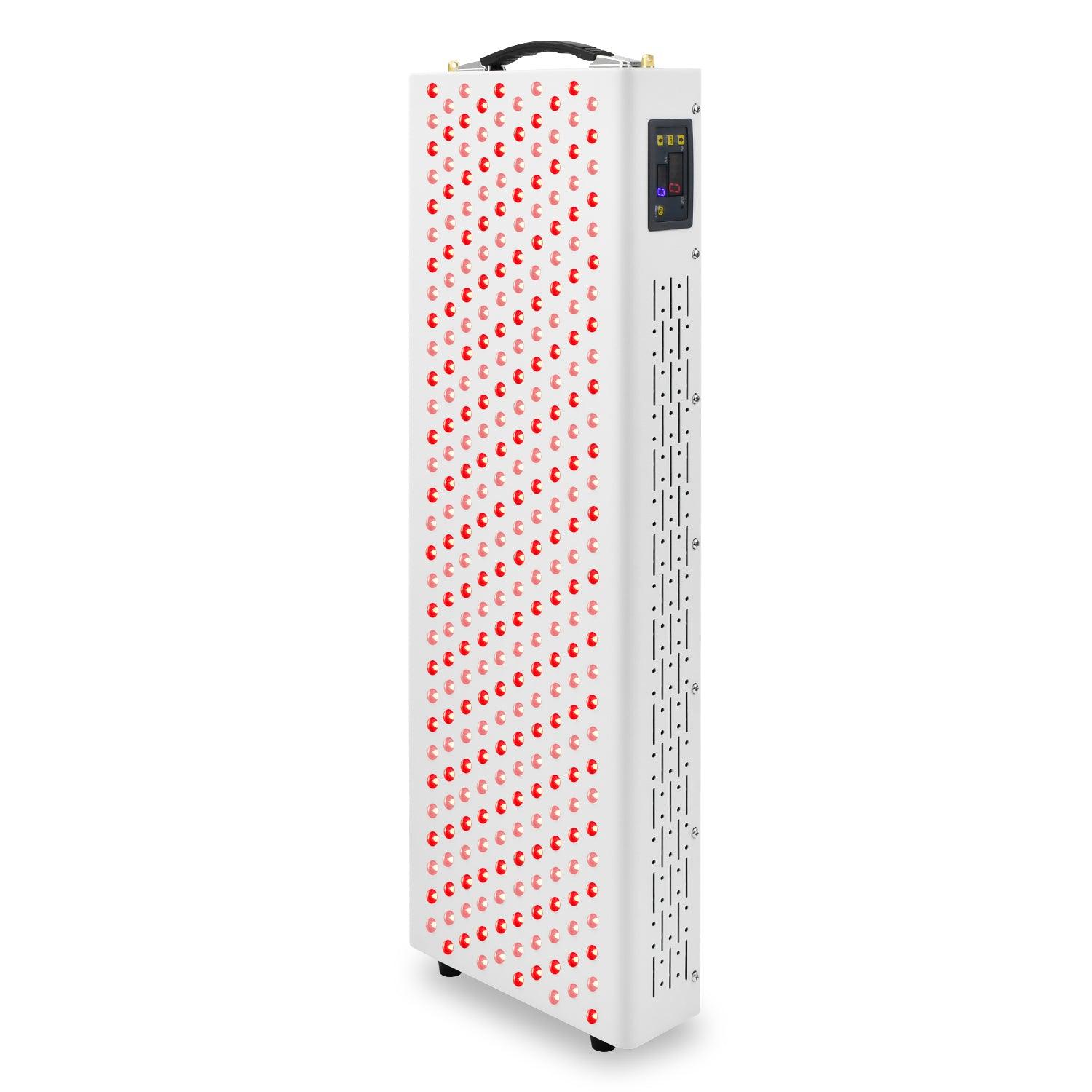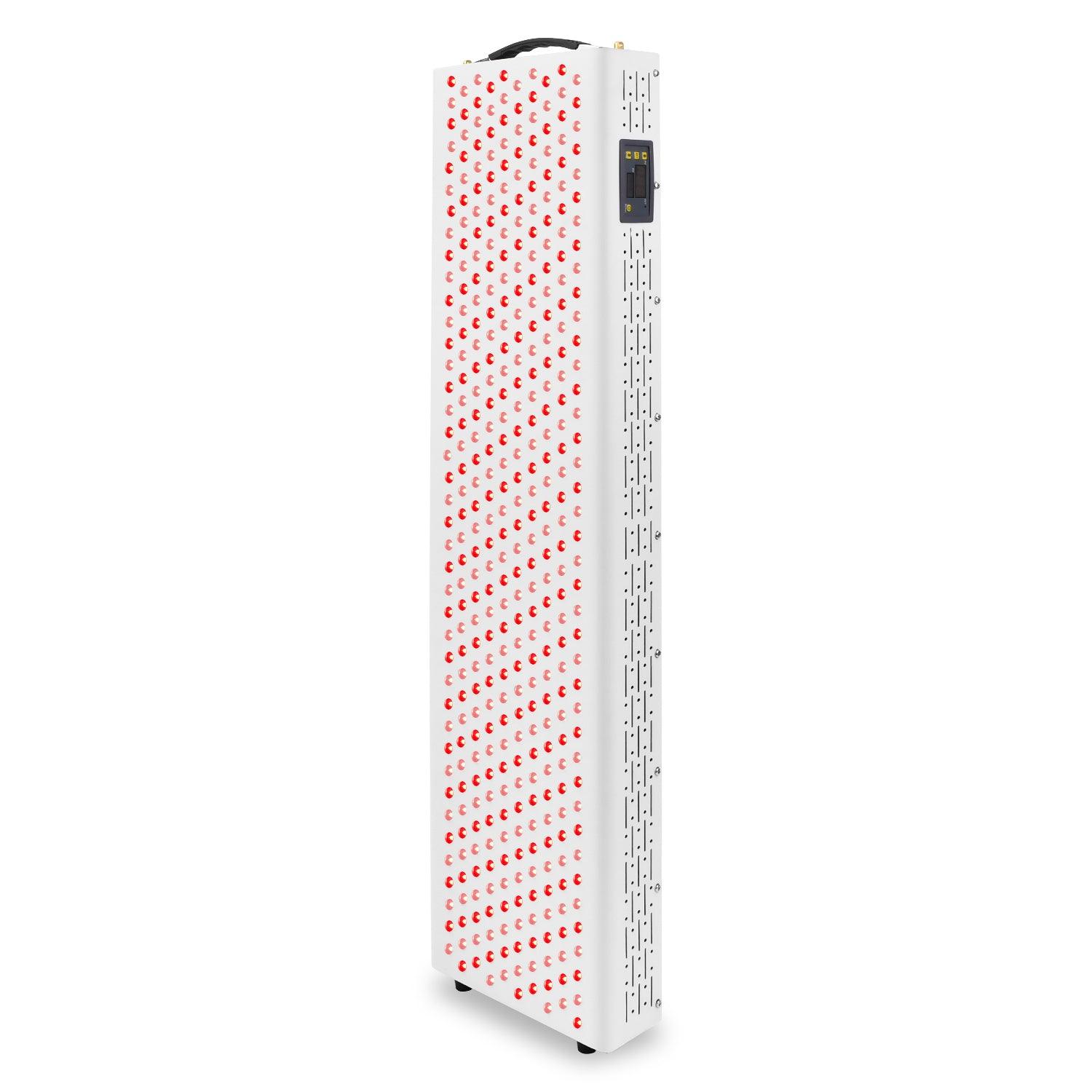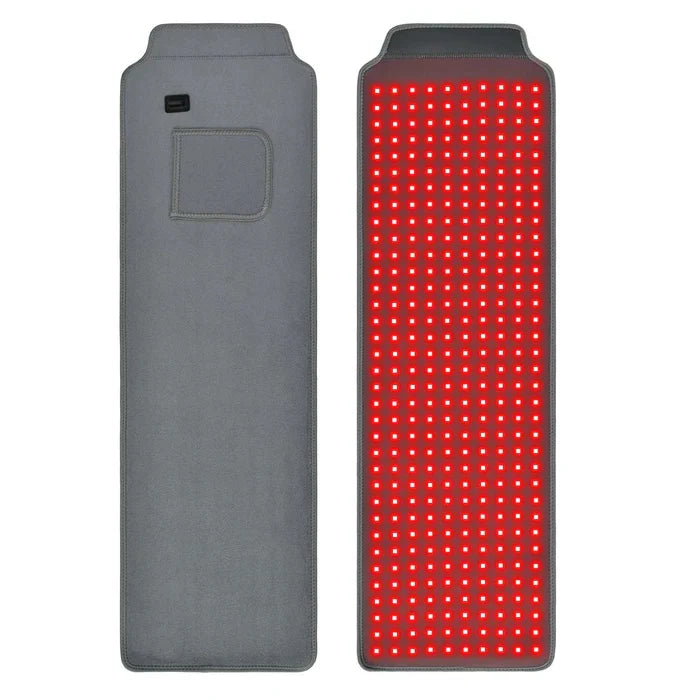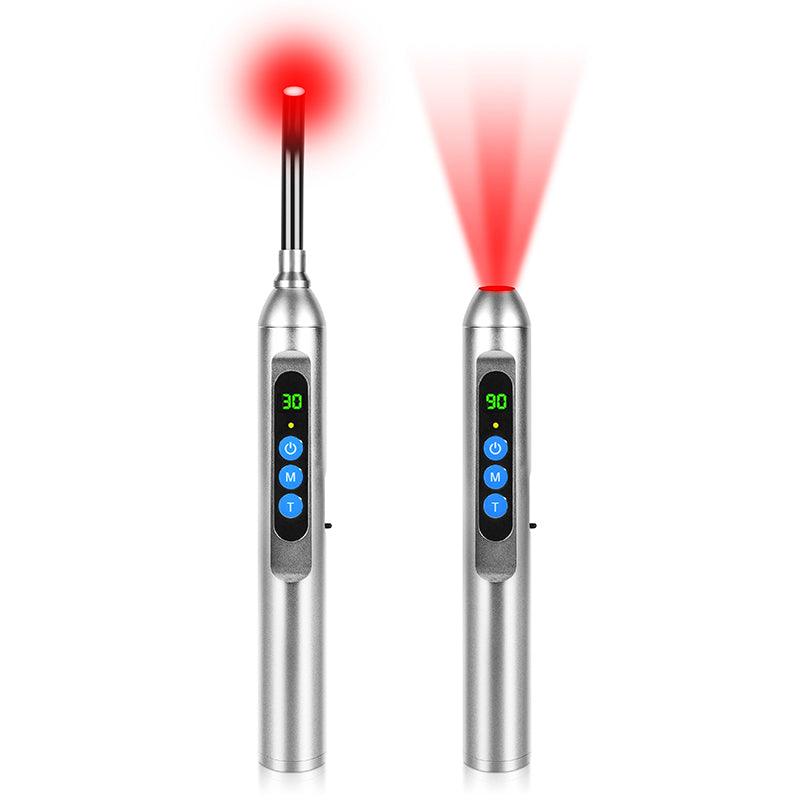Research on the positive effects of treatment therapy cap red led light therapy hat, specifically in the context of brain diseases, is an area of ongoing investigation. Red light therapy, also known as low-level laser therapy (LLLT) or photobiomodulation, involves exposure to low-level wavelengths of red or near-infrared light. Here are some aspects of the potential positive effects on brain diseases:

- Neuroprotection:
Some studies suggest that red light therapy may have neuroprotective effects, potentially helping to protect neurons from damage and degeneration.

- Cognitive Function and Memory:
There is interest in exploring the impact of red light therapy on cognitive function and memory. Preclinical studies and small-scale human trials have investigated its potential to improve cognitive performance, attention, and memory.

- Mitochondrial Function:
Red light therapy is thought to influence mitochondrial function, promoting improved cellular energy production. This may be relevant in the context of neurodegenerative diseases where mitochondrial dysfunction is implicated.

- Anti-Inflammatory Effects:
Neuroinflammation plays a role in various brain diseases. Some research suggests that red led light therapy cap may have anti-inflammatory effects, potentially reducing inflammation in the brain.

- Neurogenesis:
There is interest in whether red light therapy can stimulate neurogenesis, the formation of new neurons, which could be beneficial in conditions involving neuronal loss.

- Alzheimer's Disease and Cognitive Decline:
Preliminary studies have explored the potential benefits of brain red light therapy cap in conditions such as Alzheimer's disease and age-related cognitive decline. These studies often focus on cognitive outcomes and biomarkers associated with neurodegeneration.

- Stroke Recovery:
In the context of stroke recovery, some research suggests that red light therapy may aid in neural repair and functional recovery.

- Mood and Mental Health:
Beyond specific brain diseases, red light therapy has been investigated for its potential positive effects on mood and mental health, which can be relevant in various neurological conditions.
- Optimal Parameters:
The effectiveness of red light therapy may depend on factors such as the wavelength of light, the duration of exposure, and the specific parameters used. Optimizing these parameters is an active area of research.
It's important to note that while there is some promising evidence, the field is still evolving, and more robust clinical trials and research are needed to establish the efficacy, safety, and optimal protocols for infrared therapy hat in various brain diseases. Always consult with healthcare professionals for guidance tailored to specific medical conditions.


